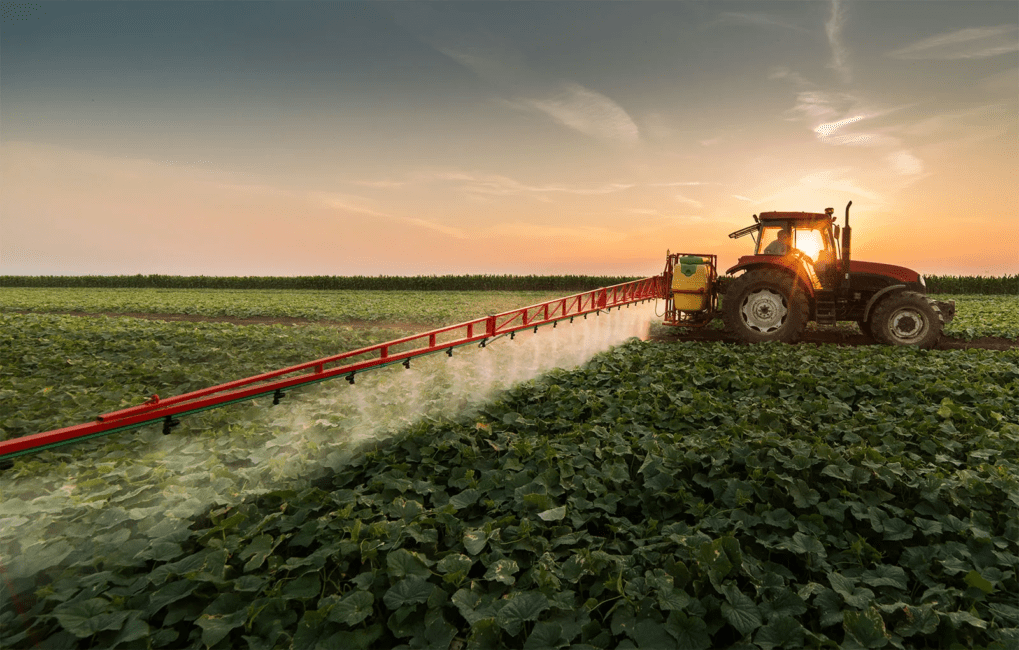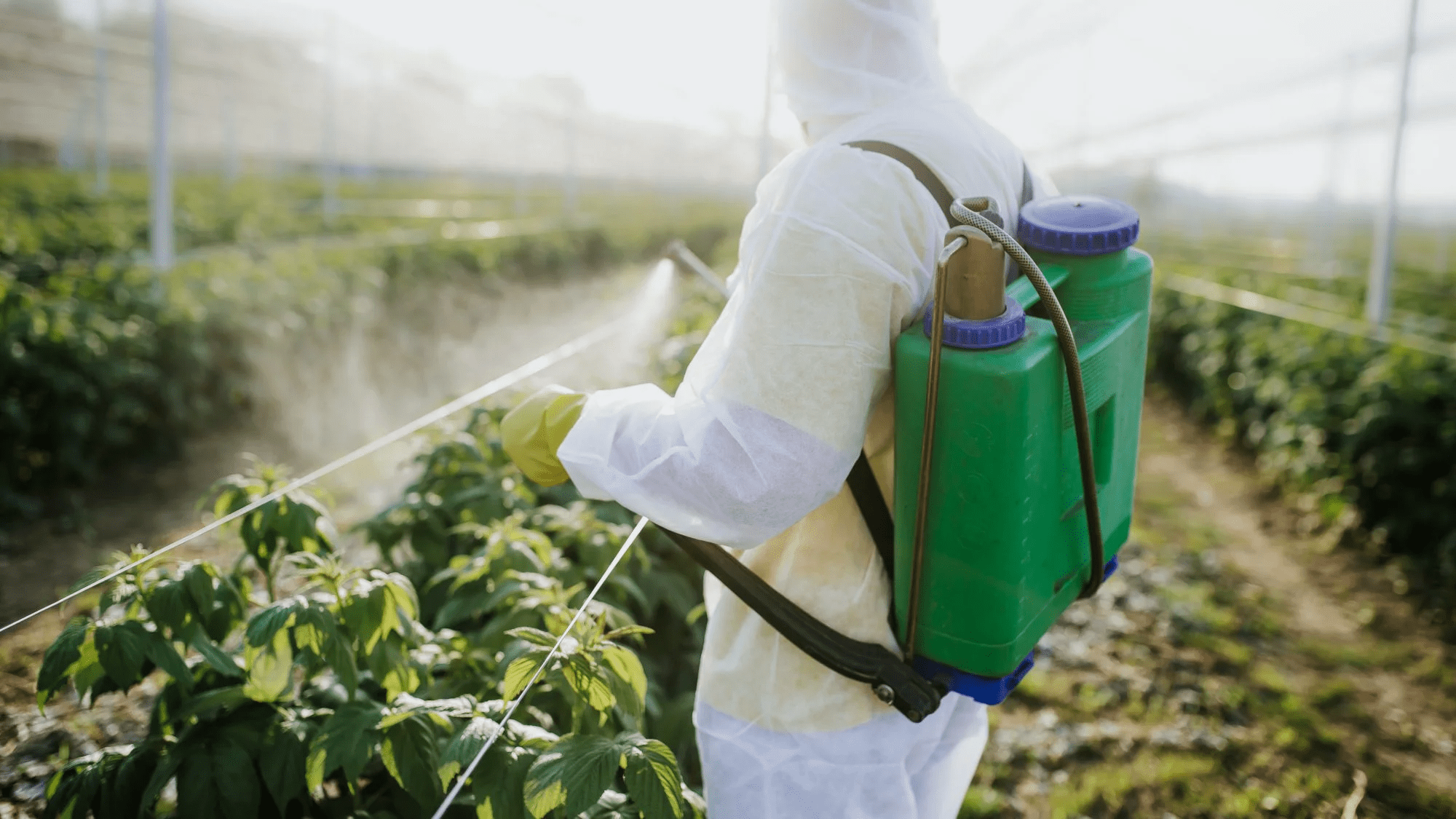Farmers procure pesticides and pesticide sprayers for use on their farms for intended purposes. These can only be achieved if the pesticide calculation is correctly done and the right sprayer selected and carefully calibrated.
Pesticides are dispersed by different methods like spraying, dusting etc. For spraying of pesticides different types of nozzles such as hydraulic, air blast, centrifugal and heat energy type are used. Water is a common carrier of pesticides but air or oils are also used as carriers.
Additionally, pesticides are conventionally applied using hydraulic atomisers, either on hand-held sprayers or tractor booms, where formulations are mixed into high volumes of water.
Pesticide application plays an important role in pest management. Proper technique of application of pesticide and the equipment used for applying pesticide are vital to the success of pest control operations. The application of pesticide is not merely the operation of sprayer or duster.
It has to be coupled with a thorough knowledge of the pest problem. The use of pesticides involves knowledge not only of application equipment, but of pest management as well.
Procedure for Application and Use of Pesticide Sprayers
Sprayers are efficient tools to control pests. Pesticides are available as mixed with water and later, sprayed into infested areas. If any particular area has a high infestation of pests, farmers have to apply sprayers after every two weeks.
Before you mix your chemical to spray a given area, determine the amount of chemical and water that is required. This is to avoid wastage and or under dosage.
Below is the calculation;
Measure the area to be sprayed with a metric measuring wheel.
If the spray volume is 200 lts per Ha and the Dose Rate is 5 Lts per Ha –
200 divided by 10,000 multiplied by the area (sqm) that needs application. This will determine how much water to use on the area.

Answer: 5 divided by 10,000 multiplied by the area sqm that needs treating will tell you how much chemical concentrate is required for the job. That is 5/10000 x 5000m2 = 2.50 LT of the chemical
Read Also : List of Diseases Ruminant Animals (Livestock) Get from Feeds and Water
When calibration is completed and you are about to start a spray job
Half fill the sprayer with water, add the required amount of chemical and then fill to the full mark.
Please note that if your calibrations show that you only need half a knapsack for the job in hand then work on 50% of the figures and do not mix up more than you require for the job in hand.
At the end of the spray job
– If you have chemical or spray volume left over, your area is smaller than you originally measured or you have not done it correctly!!
– Equally, if you run out of spray solution before you have covered all the area, you may have applied too much by walking too slow or over lapping spray swaths.
In summary, it is very essential you know the area to spray and after calculating the required quantity of chemical, then apply. You are expected to be mindful of your speed and avoid overlapping of sprayed area. This will require an assistant to guide you as you spray.
Read Also : Guide on How to Produce Body Cream (Baby Jelly)
Frequently Asked Questions
We will update this section soon.

